The power of wind can be used to create electricity. That's what these wind turbines are doing.
Energy Information Administration
Wind
Wind is moving air. Warm air rises, and cool air comes in to take its place. This movement creates different pressures in the atmosphere which creates the winds around the globe. Since the Earth spins, the winds try to move to the right in the Northern Hemisphere, and to the left in the Southern Hemisphere. This is called the Coriolis Effect .
The prevailing wind is a type of wind that usually blows in a region. There are a series of bands around the globe that have steadily blowing prevailing winds near the surface. Different prevailing winds have different names. Trade winds are steady and flow towards the equator. Jet streams are narrow zones of very strong winds in the upper troposphere.
Winds move at different speeds and have different names based on the Beaufort Scale. This scale is shown by numbers from 0 to 12 which goes from calm air to breezes to strong winds or gales . Winds are also grouped by their direction. Easterly winds blow from east to west, while westerly winds blow from west to east.
The fastest recorded wind speed, 230 miles per hour (370 kilometers per hour), was recorded in New Hampshire in 1934, although winds are faster in tornadoes. The windiest place in the world is in Antarctica.
You might also be interested in:
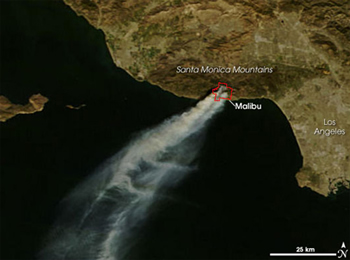
There are several different types of wind. One type is the foehn wind. This type of wind is a characteristic of mountainous areas such as the Rocky Mountains and the Alps. The wind off of the Rocky Mountains
...more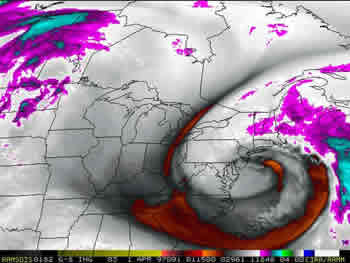
Northeasters, also known as nor’easters, are cyclonic, cold winds that develop in the mid-latitudes. They can bring heavy snow or sleet and gale force winds of 40-55 mph (64.5-88.7 kph). This type of wind
...more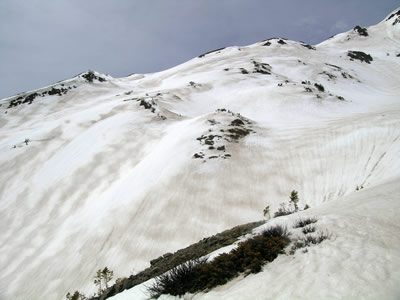
Scientists are learning about how dust from wind storms is affecting the snow pack in Colorado. When the winds are right and the desert is dry, dust blows to the east from U.S. Southwest. When this happens,
...more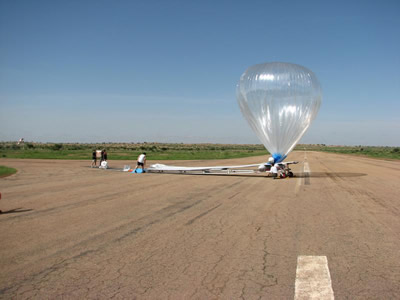
Weather balloons are used to carry weather instruments that measure temperature, pressure, humidity, and winds in the atmosphere. The balloons are made of rubber and weigh up to one kilogram (2.2 pounds).
...more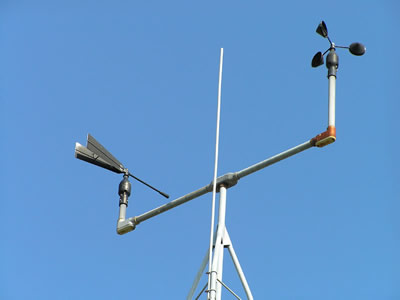
An anemometer is a weather instrument used to measure the wind (it can also be called a wind gauge). Anemometers can measure wind speed, wind direction, and other information like the largest gust of wind
...more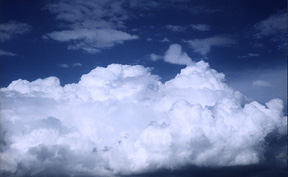
Ever looked up in the sky on a lazy Sunday afternoon and just watched the clouds? Well, here's a project where you can do just that and learn something too! This project works best if you do it with a
...more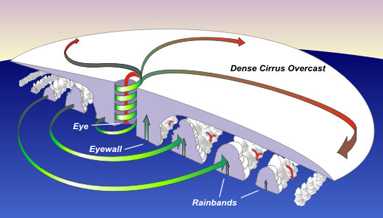
At the center of a fierce tropical storm, there is a small area where the weather is calm, the sky is clear, and the winds are just light breezes. This area is called the eye of the storm. As a hurricane
...more















